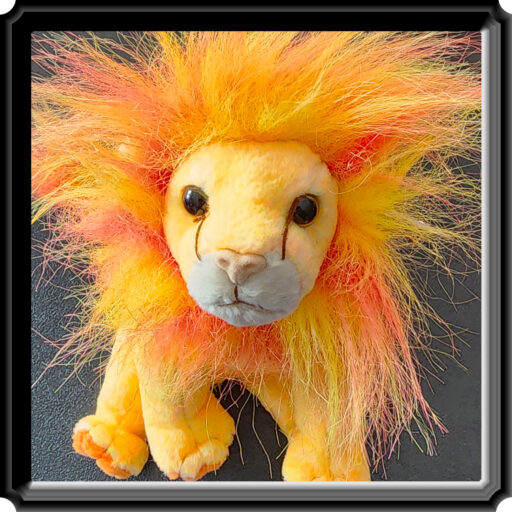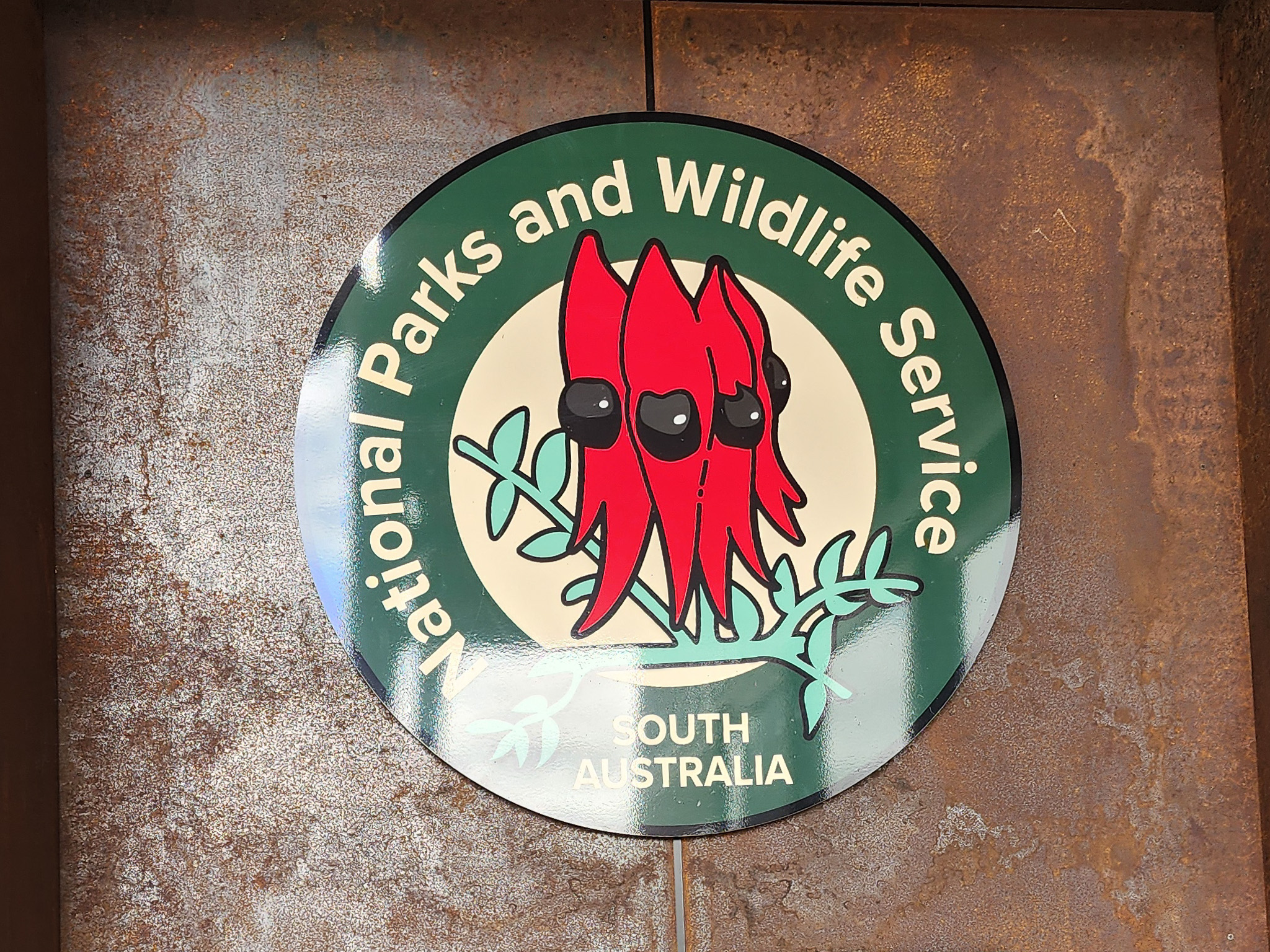In 1802-1803 Matthew Flinders and Nicolas Baudin mapped the southern coast of Australia for Britain and France which is the event that literally put Kangaroo Island on the map.
But that did not make it easy to get there. I can tell you from first hand experience it is windy.
Wind makes for choppy seas, and that combined with rocky shores means ship wrecks. Over 80 shipwrecks around Kangaroo Island have been recorded since Europeans officially colonized South Australia in 1836.
Because of the importance of shipping and the dangerous area, lighthouses were built, along with jetties, roads and other infrastructure which made the Island accessible for settlement.
As we know, when European’s settle, they shape the land to conform to their way of life. Much of the Island was cleared and new species were introduced. Guess what? The new species thrived on the island.
So, I tell you all of that because today, large areas of land on the island and waters around the island are now protected and preserved through national parks. One of which is Flinders Chase. Named for Matthew Flinders who helped put Kangaroo Island on the map.

Flinders Chase has several things to see. From light houses, to coves, to nature walks, so we tried out some of the most visited sites.
Our first stop we decided to stretch our legs on the Rocky River Trails. A range of walks start from the Rocky River Day area and range from a 400M, 10 minute stroll to a 24km, 8 hour grade 3 hike.
We started on the long hike, and I can say with certainty, I was not ready for that.
It was also not a great view of anything, or at least the part of it we did.
Our goal was to reach a look out point and turn around, not to do the whole thing, because… well, I’m lazy.
5 minutes in, it was an uninspired walk so we should have turned around, but I had a goal and such. So we pressed on.
The inspired view we eventually came upon was a mud hole from what I could tell. There were no signs or markings on this trail, so, come to think of it we might have been following a kangaroo gang around, but it appeared to be a trail when we started.

I am positive there was something to look at on the trail, but I was not going further to find it, so we turned around and returned to the car where we drove to another trail.
The Rocky River walks start from the Rocky River day area and run all the way to the Southern Ocean. That was the walk we started on, but we started in the middle so as to not walk the whole thing and just to see the inspired mud hole. The next trails we started from the start point. Much smarter.
We headed toward an easier walk called the Heritage walk, then somehow we ended up on the Platypus Waterholes Walk and… by the end of that walk we added another 6km to our walking day, got turned around several times and… were both done with walking.
But we did learn some things along the last 2 walks because they had signs. Not a lot of great directional signs, but informational signs.

This, for example is a Megafauna graveyard, and that flat metal object is the only gravestone. This area is in the Black Swamp, which was named after its distinct black airless peat soil.
For more than 100,000 years, this wonderful peat has covered the skeletons of prehistoric megafauna. How they discovered these skeletons, named the beast ‘megafauna’ or even how or why they died off is a mystery to me, and apparently to scientists also.
Or at least the last part is. The scientific community has no idea if it was climate change or human impact that caused the demise of the Megafauna. When the extinction happened, temperatures wee moderate and climate stable. But there were humans lurking about, and humans have a habit of hunting and changing habitats. So, they are leaning toward blaming humans, which is probably correct.

On 20 December 2019, lightning sparked a fire that spread across Kangaroo Island. The largest of the fires started here in Flinders Chase on the 30 December.
Over 86,000 hectares, or 96% of Flinders Chase NP and Ravine des Casoars Wildlife Preservation area were burned despite over 6000 volunteer firefighters, park staff and support crews worked for over a month to bring the fires under control.
Across the entire island, 520,000 acres, which is about 52% of the island burned. 2 people died due to the fires, and a number of wildlife perished, including an estimated 80% of the 50,000 koalas who lived on the island.
Where the scars of the fire are still evident after 5 years, fire is an important part of the cycle of keeping the biodiversity healthy.

As an example, the yacca. Or I think this is a yacca. Mom had a yacca in Iowa of all places, which did bloom from time to time, but she prized that darn plant and almost ended me when I got too close to it with the mower. But I digress.
If the above is a yacca or not, (there are several varieties, but this what a ground level one might look like), fire is part of a yacca’s (Xanthorrhoea) growth cycle. They thrive after fire and begin to resprout within days.
Yaccas grow one centimeter per year and their flower spike up to six centimeters per day.
Some of the yacca on this trail are over 2 meters high… so, not sure if this statistic applies to the yacca that grow up like a tree, or the ground dwelling variety… or if they are the same thing. I honestly know very little about yacca other than you should not get too close to them with a mower, and they don’t grow well in Iowa. The signs along the trail were informative, but not entirely.
Anyway, the question becomes, if 95% of the park was burned, how did this plant survive the fires? Because they need fire. Yaccas encourage burning by exuding a flammable resin along their trunk. During a bushfire, yaccas burst into a spectacular shower of red sparks that fly sky high. The flames release great quantities of ethylene gas that goes into the heart of the plant and stimulates them to flower.
So maybe a good spark from the old mower would have helped Mom’s prized plant.

Even though yacca look like grass, or trees, they are neither. They are related to lilies. Bet you didn’t see that coming, but you also did not see their flower. That is where the relation comes in if you ask me.
The trunk is made of fiber, and the bark is tightly compacted bases of the leaves shed as the crown grows. The yacca shed one ring of leaves a year, which is incorporated into the trunk by a sticky, red resin. So all of that means if you cut down a yucca, like a tree, the rings reveal the age of the plant you just killed.
Other plants, like Tea Trees (Leptospermum) are flammable and thrive in fire-prone environments. Tea trees are killed by fire, but the intense heat triggers the release of seeds from the tough woody pods.
The seeds drop into the the nutrient rich ash beds and spring to life after the rain falls. Sunlight can shine on the cleared ground because the cover layer is gone and the trees thrive.

The other part of the walk we ended up doing was the Platypus Waterholes.
Born from an egg, with a bill like a duck, a tail like a beaver, flippers with claws that contain a poisonous spur just in case they are attacked… these are weird little things.
Platypus and echidnas are the worlds only egg-laying mammals. And both live here on Kangaroo Island.
Platypus are hunters, and they love to eat, consuming up to half their body weight each day. (That’s 30-40kg of food). When they hunt, they shut their eyes and ears and feel for prey by swinging their highly sensitive bill from side to side.
They eat insect larvae, worms, frogs and shelfish, sorting the food out and chewing it up between horny pads in their bills.
Apparently all the Platypus were out hunting when we arrived, as we did not see a single living one.
We did see the statues around the area, I assume put there to appease the people who walked all this way to see nothing.
They are shy, elusive creatures who do not like to be disturbed by noise, humans, anything. The signs said to be prepared to wait if we wanted to see one, and to look for ripples or bubbles in the water…

We looked. We waited. We got bored and moved on. I contemplated photoshoping a platypus into this picture, apparently their home, but it was not worth the effort.
Especially when we read that Platypus are not original residents of Kangaroo Island. The Flora and Fauna Board brought them to the island between 1928 and 1946 because they were concerned the Platypus was being hunted into extinction. Today around 200 platypus are living in the Rocky River area.
I don’t believe for a second any of them are living here in this ‘pond’ but they made the effort to build this trail monument to the platypus, so we respectfully gazed upon it with awe and admiration.
There were other things along the way like termite hills and various plants, but tiredness, hunger and grumpiness set in so I didn’t bother to notice.
It was a nice walk, but take snacks. Prepare to get lost, and start on the shorter paths. And don’t expect to see Platypus at home.

